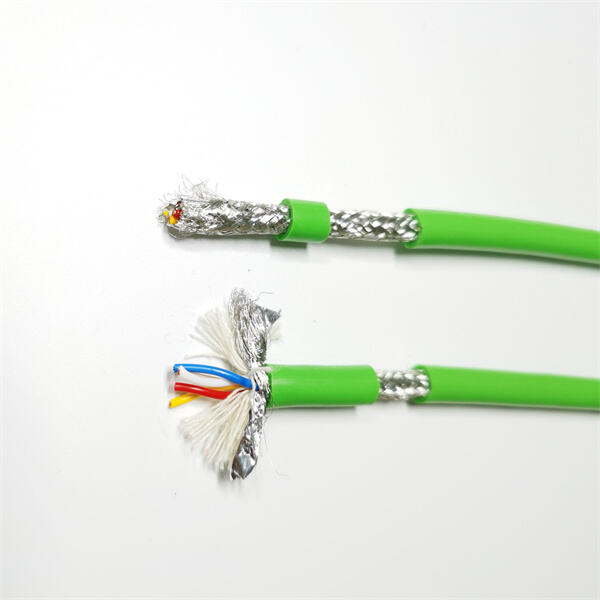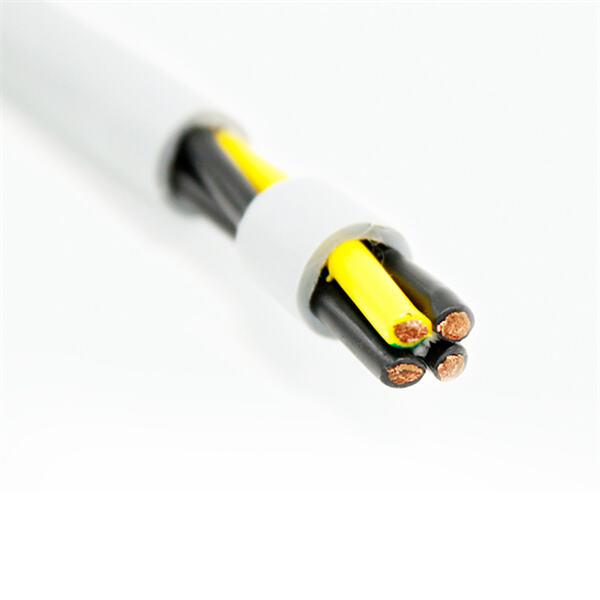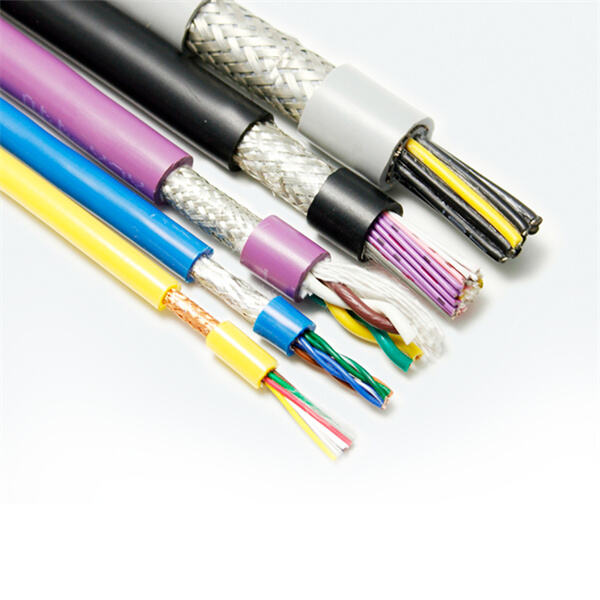Flexible cables are basically different in the way that they can easily bend or twist. This makes them quite versatile when it comes to carrying out a large variety of electrical connections that are meant to be more flexible than rigid. They come in different sizes, lengths and materials so they can be used for unlimited applications. In this article, we will find some of the advantages with flexible cable solution to how they are designed for flexibility and even discover about evolving technology in cables industries why industries rely on these flexible kind-of-cables an overview of their applications how versatile they actually can be.
You see ribbon cables everywhere -- in computer systems, consumer electronics and car wiring harnesses. If you ask yourself why are they so popular in this part of the world, its because here benefits prevail. The most beneficial is that they can be twisted bent and flexed so many times, without breaking them. It is specific flexibility that makes them bend without breaking, and the characteristic also lends to their ability to survive various movements & uses over time. Moreover, flexible wires are created to be hardwearing so that they can offer a longer life in instances whenever you fold over and across many times. Due to the very low bend radius, it avoids cable fatigue and electric shock due a breakage which is most of tracing back in case that cables are forced too much or not designed for flexibility.
Flexible cables are mirco designed to allow installation into small locations while still being capable of bending long distances. This goes for example with cables transporting energy to drive large machines in some factory, and hence that electricity is lost if not at the right time it would loose a lot of money so we want this cable to be both flexible as strong and safe. The design of these cables in such a way that they are considered to be flexible which can help avoid electrical problems and accidents. This was a well-thought-out design to keep machines & devices powered securely and in the most efficient way.

We previously shared details about how flexible cables are today making use of the latest refinements in technology. Currently many other materials are used that manufacture these cables such as silicon, polyurethane and PVC etc. Every material has its own advantages which makes the cables easy to install in a variety of applications. Well you will find numerous as such in the online sphere which comes equipped with different kinds of features catering to your needs. Because the cable industry is rife with innovation and new ideas—from composition to designences—flexible cables are always being reinvented, updated for different industries and utiliserages.

Flexible cables are used in various industries, especially in factories and other workplaces. They are especially great for automation, robotics and other electronics since they can run along with machines/robots etc. This flexibility is essential to make sure that these devices function appropriately and effectively. Furthermore, the need for efficient power delivery systems is expanding and flexible cables are often used according to rugged working conditions in several sectors. They are durable to endure harsh industrial environments and last long time.

The versatility of flexible cables is one its most impressive features. Its uses is limitless as they are available in various forms and types for different functions needing a portable power supply. This makes them versatile to adapt for various requirements and applications, from running a machine to connecting electronic devices. Flexible cable made from environmentally-friendly, high-heat and pressure-resistant materials help people to live in a less harsh world that is more like z (ERO WASTE with your technology).